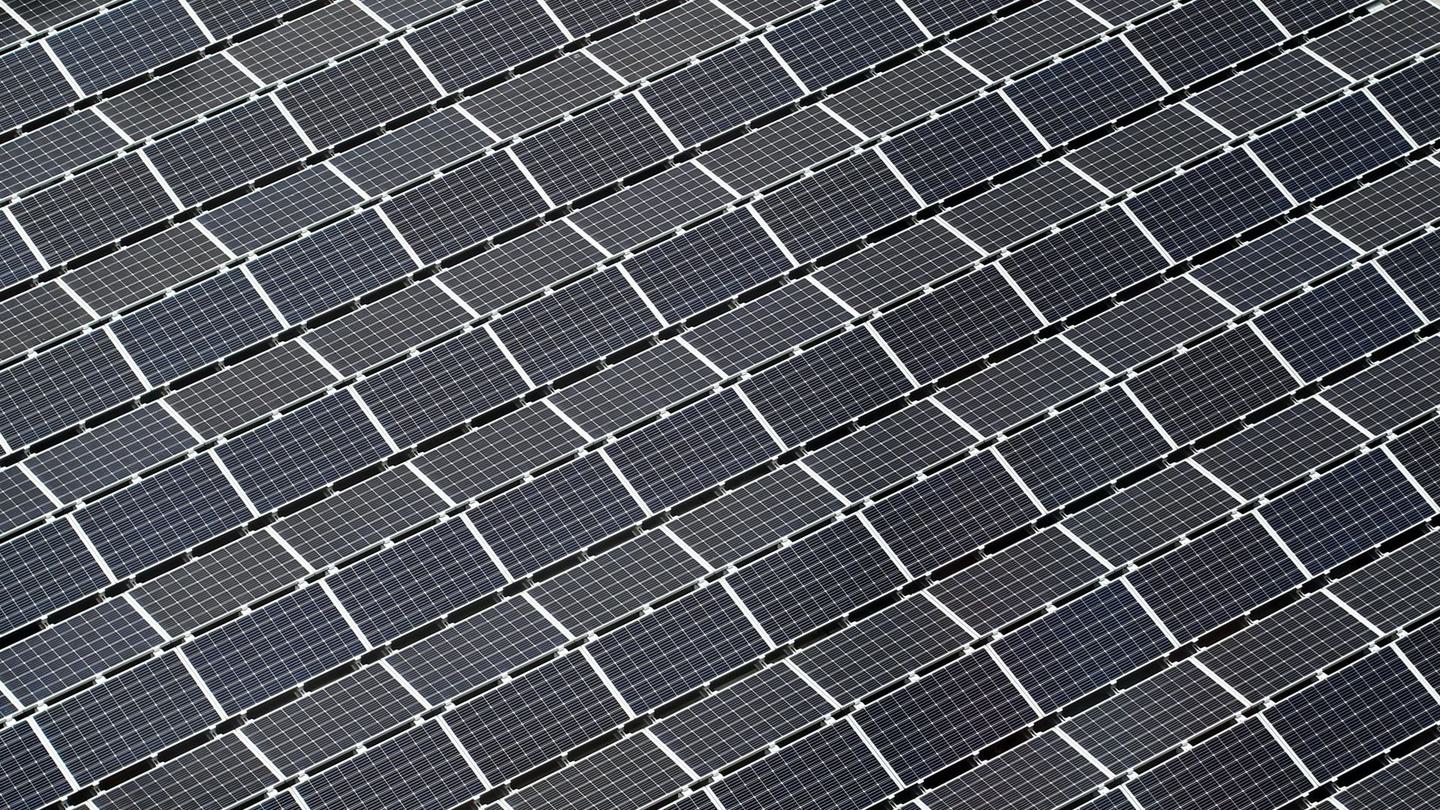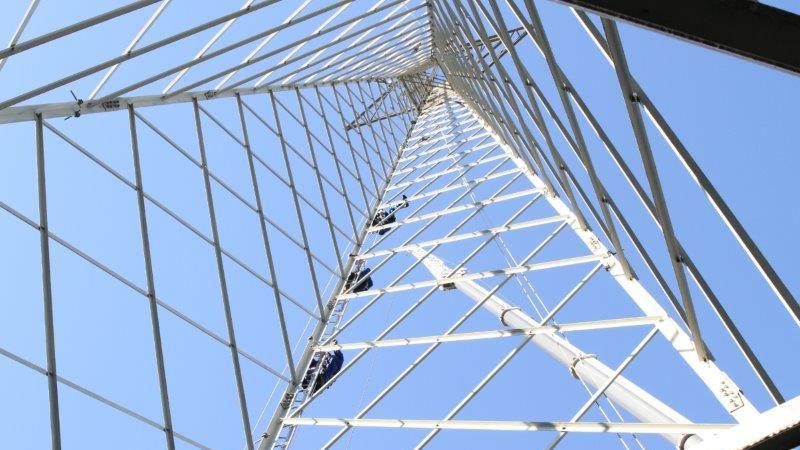It’s a little bit of a shock, but perhaps useful to provide important information for the future created by COVID on the electricity market. Demand has been in decline for many weeks: with renewables practically leading, the safety and balance of the system under fire, costs combatting the downward spiral of energy prices and the rise of dispatching services. An unexpected general test, and therefore a powerful stress test for the world of electricity of the future, which we all hope will be monopolized by renewable energy. However, they will put the stability of the system to the test (as they are forcefully doing), because they are intermittent and not quite programmable. A challenge for technicians, who must adjust equipment and procedures. For politicians and regulators, called to align capital expenditure strategies, regulations and market rules. A challenge above all for analysts, from whom we expect reports on what’s happening, on the impacts, the consequences and possible solutions.

A study assessing the impact of renewables in the electricity market after the powerful Covid stress test.

Predictive knowledge. Instruments of predictive knowledge, to put in place for whomever is called to decide and act. Someone is doing it well. The working paper (Machine) Learning from COVID-19 Lock-Down about Electricity Market Performance with a Large Share of Renewables reveals important details of the scenario to us and was signed by three research experts, including an Italian. The authors of the study are Frank Wolak and Christoph Graf from Stanford University and Federico Quaglia, an°electrical engineer from Terna who specialises in dispatching, analyses and studies for energy operation from last year’s joint activities between Italy’s national grid operator and the prestigious American university.
The message taken from the paper? Loud and clear. A webinar has confirmed the urgency for a clear strategy to maximise the profitability of the race for renewables by mitigating the problematic aspects. The paper examines them in detail with a combination of data and results from aggregate analysis of product costs from the electricity market during the critical period of the COVID emergency, focusing especially on the March-April period of this year. In order to do so, an analytical dashboard was set up to monitor the upward trend of sustained costs on the Dispatching Services Market (MSD) in order to guarantee the safety of the Italian national electricity system and translating in full an indication of trends correlating to sustained variables, with the goal of promptly identifying the eventual onset of critical discharge that would have brought unjustifiable costs for the final consumer.

The figures of change. So, we discover that the COVID pandemic has substantially pushed the scenario forward by at least five years, becoming more than a prediction. The reduction of consumers has in fact overwhelmingly affected the relationship between the contribution of electricity generation and the rate of renewables, that reason and market rules award what we know with a pre-emption in collection and dispatching. “The impact is equivalent to more than a doubling of the contribution of renewables compared to a business as usual scenario,” sums up Federico Quaglia. The sudden growth of green energy, characterised by variable costs which are close to zero, which with its management difficulties offloads many complications and consequently heavy additional charges onto the electricity system and dispatching operations.
The consequences? In Italy, the electricity market’s product prices fell during the period by 45%, dropping by 23 euros per megawatt hour compared to the same period last year; an effect of the reduction of demand and, in part, to the reduction of fossil fuel prices. However, the costs incurred for the Dispatching Services Market have simultaneously increased by 100% with an increase of 9 euros per megawatt hour, considerably mitigating the price advantages for final consumers due to the decrease in demand and that, in the medium and long term, could be derived from a use of renewables on a larger scale. All with an unequivocal sign of the challenges created by an electricity system subjected to a trend of this kind with a greater speed than expected.
The paths to take. Signs for the future? Renewables, if well managed in the system, will not only provide immeasurable environmental advantages (not to say obligatory and unavoidable, given the overall state of the planet), but if not properly managed in the network and distribution system, there will be serious problems on two fronts: that of system security and that of total costs and therefore final prices for consumers.
The analysts will continue to move forward with their work. But in the meantime they have made a “thermometer to measure the fever of the markets” available to us during a highly critical time, based on innovative machine learning techniques, useful to use in advance and put any mitigating actions into effect. The analysis, above all, shows us the immediate course of action: it is essential to continue developing the network to progressively reduce the constraints on the operation of the electricity system and, alongside it, work on the efficiency of the market design. This last point in fact is a key element to both manage the system efficiently and to also cope with unexpected and unpredictable shocks in the future.